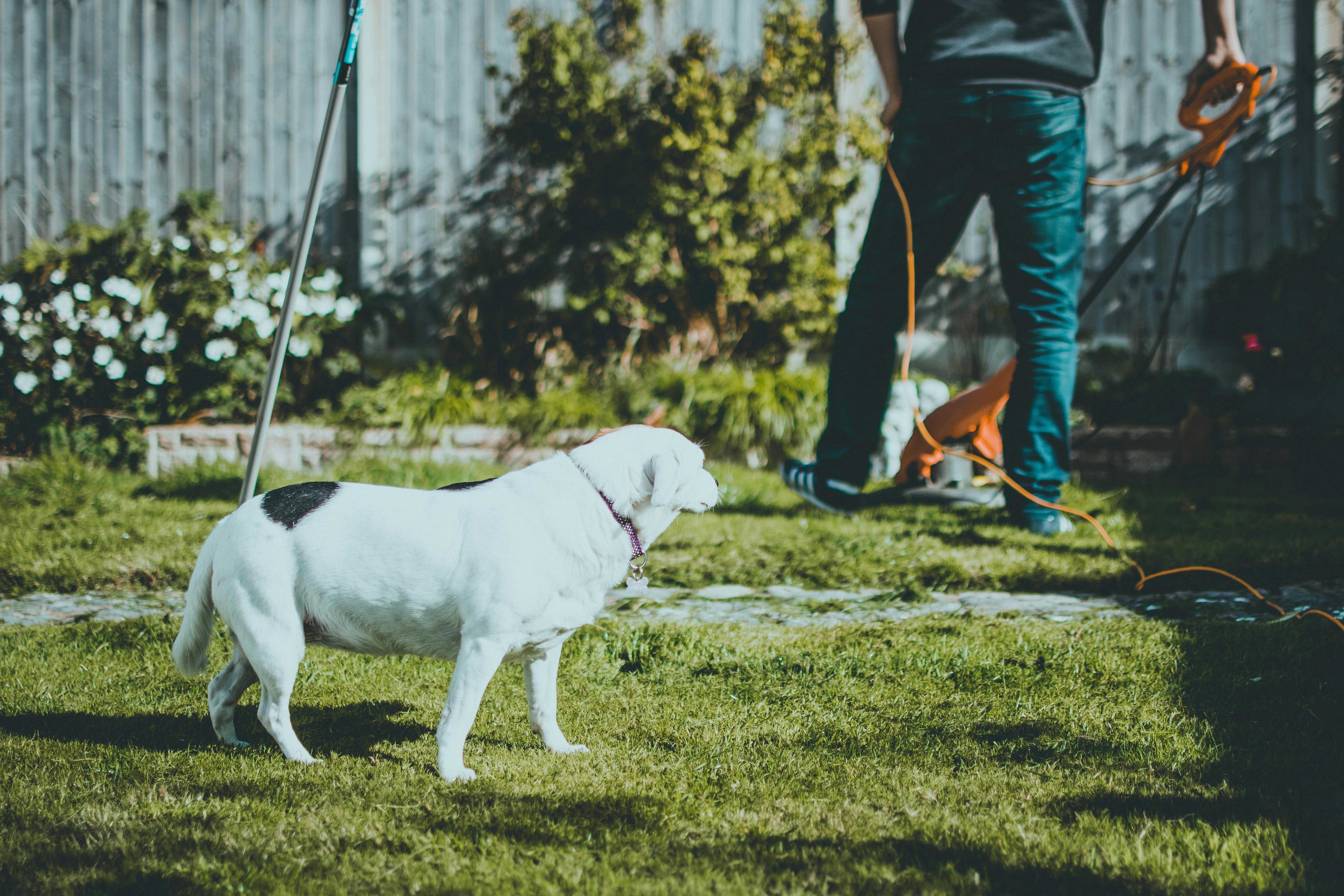
Scratching in summer: is it a flea allergy?
August is here and summer is in full swing. The heat is suffocating, the cicadas are deafening, and the summer storms are raging. For many pet owners, this is also the time when our cats and dogs can’t stop scratching! Before changing your pet’s diet or running out of expensive supplements, you should consider when the irritation started. These summer months are a haven for parasites! The mid to late summer months are the height of flea season, which can be a nightmare for cats and dogs with flea allergies. Gremlin went through this, so I’ve been there! Here’s how to tell if that’s what is happening.
Allergic flea dermatitis in dogs
Flea allergy dermatitis is the most common allergy in dogs over one year of age with symptoms that manifest in mid to late summer. The allergy is not to the fleas themselves, but to their saliva. This means that the itch reaction can occur after just one bite and can persist long after the flea is gone.
If you notice your dog scratching, licking and chewing at the base of the tail, the hips, under the legs, the groin, and the belly, you may have a flea allergy. Chewing can cause dry, scaly patches on the skin and, if left untreated, can lead to open sores that are prone to infection. Some dogs will even have red bumps on the affected areas.
Flea allergy dermatitis in cats
Like dogs, many cats can be allergic to flea saliva. Cats have a similar scratching, licking and chewing pattern to dogs and can develop a rash of small round bumps, called feline military dermatitis (due to its resemblance to millet seeds) on the back, neck, and face .
Even with a monthly preventive
You may think that your pet is protected against fleas due to their strict monthly preventative program, but not all preventatives are created equal. There are numerous over-the-counter and prescription preventives. Many over-the-counter methods take days and some even require fleas to bite before killing them, and since this is a saliva allergy this just doesn’t work.
Prescription methods are your best bet, but even there you will find that some are better than others. For example, according to Elanco, the makers of Comfortis, Comfortis begins killing fleas within 30 minutes of administration with an effective rate of 98-100% in four hours. Nexgard, the most popular preventative today, takes 24 hours to kill 100% of the fleas.
In addition to speed, you and your vet need to consider how prevention targets fleas. The active ingredient in Comfortis (and one of them in Trifexis, also brand Elanco) is Spinosad. This drug attacks the flea’s nervous system. Nexgard uses the ingredient afoxolaner, which overstimulates the nervous system of fleas. Sentinel, a brand that Gremlin knows and loves, uses lufenuron, which acts as a developmental inhibitor, killing fleas at the egg and larval stage. Sentinel believes that if there are no baby fleas growing into adult blood-sucking fleas, there will not be a flea problem.
A combination of treatments
When discussing treatment with your vet, ask about a combination of treatments. In New Orleans, where the flea population is radically out of control, our vet (who I also worked for) recommended a combination of Comfortis / Sentinel. This combination kills your dog’s adult fleas and controls the larvae they collect. I highly recommend asking your vet about this as soon as possible if your dog is in trouble this summer.
Treating your home
You are not done yet. Fleas are tiny and their eggs are even tinier. Carpets, rugs, wood, laminate, and tile floors are safe places for flea eggs. You absolutely must take care of your home and garden if you are really going to have an impact on your personal flea population.
For this, I recommend Fleabusters. It is much easier to use than you think and it is not toxic at all for your family. Fleabusters is a borate powder that does not poison or attack anything. It is actually a desiccant, which means that it dehydrates its victims to death. And it does it very effectively.
The application process is pretty straightforward. It is a very fine powder that spreads on floors and gardens (especially in humid and shady areas). You will need to use a foxtail broom or brush to spread it over your floor surfaces. It can vacuum and sweep normally because it has a static property that helps it adhere to any surface. After using this powder, you will notice that it decreases more than your flea population! This works for most household pests! We are big fans!
A complicated problem
Flea allergy dermatitis can be a difficult situation to deal with. Many times there will be no signs of fleas due to the preventative you are giving, in which case you may be offered a special diet or supplement.
For example, when the itch and sting did not resolve after medications and supplements, we were recommended that Gremlin begin drastic, lifelong steroid treatment! If your dog or cat is over a year old and has apparently been fine with his diet so far, then you should mention what you’ve read here!
Consider how few variables have changed in your dog’s life and make it a point. If you end up on a new diet or supplement that doesn’t work, consider a second opinion.